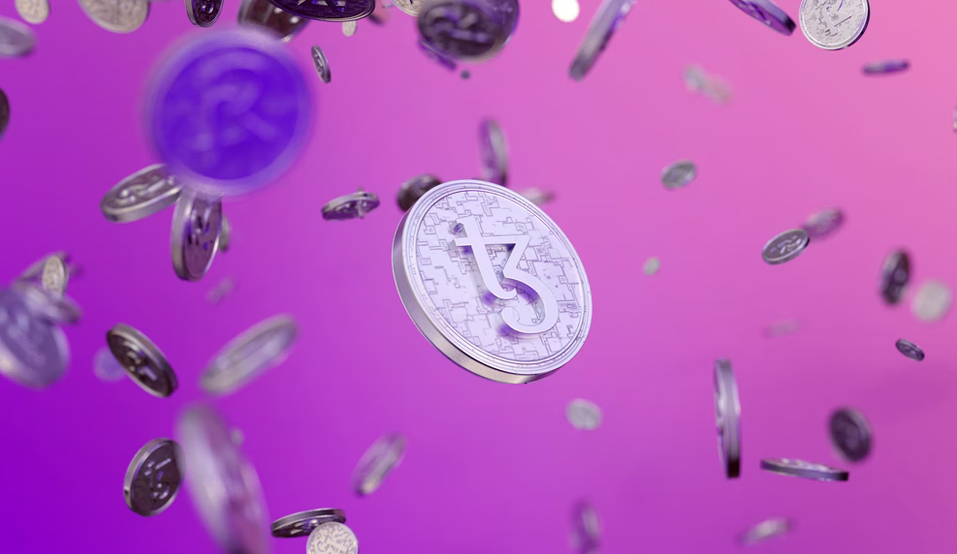

Do you believe cash is on the brink of extinction? People often say cash is dead and that there is no longer a need for physical money. It’s understandable; contactless payments are the latest craze to hit the markets and with digital currency appearing, it looks certain cash will become obsolete. Well, maybe that’s a bit too far away; however, there has been a major upset in the financial industry within the last decade. So, what does the future hold for physical currency, and can contactless payments really replace physical cash?
In a sense, society is very much cashless in terms of how they make payments. Fewer people are carrying physical cash around with them. There is zero doubt within the next decade, more people will turn to contactless payments around the world. It’s understandable if you think about it because it makes sense – to a degree. For instance, you are going shopping. You decide to travel to a city you aren’t so familiar with. You’ve only taken a few dollars with you; unfortunately, you can’t find a cash machine once there. It’s a nightmare, but with a digital wallet, you can pay via your smartphone.
It’s certainly more convenient than hunting for a cash machine. Of course, not everyone likes the idea of being a totally cashless society.
The future of currency is gearing towards virtual currencies, contactless payments, and the upsurge of digital wallets because of the current financial institutions. Whether you agree with it or not, governments regulate the banking industry and control how and when currency is printed. That has caused many to question the need for physical money. Since the introduction of cryptocurrencies, there has been a huge backlash against the financial sector. People aren’t quick to trust governments and it is a following that’s gaining momentum by the hour.
The internet has allowed for a huge marketplace to expand. There are millions of e-commerce stores, businesses operate online, and digital money platforms are widely used. People need a secure way to send money when buying online. This has caused an upsurge of digital banking users and more now trust digital banking platforms. It’s strange but great if it’s more convenient for you. Digital banking has seen its fair share of hiccups, especially when they were first introduced; however now, they are making good progress. Better security measures are in place to protect your money and make transactions safer but convenient.
It’s easy to see why so many believe society will become cashless over the next few years. You have an upsurge of contactless payment providers and even mobile phone payment systems. It’s impressive, and even biometric identification is playing its part. However, it is important to note that some societies are slower than others when it comes to transitioning to digital payments. For instance, China mostly uses digital payment apps, whereas Japan relies on cash.
Of course, there is still obstacles to overcome for digital platforms, especially where security is concerned. When security protocols are lacking, money becomes compromised, and it can be gone in a flash with zero trace to follow. That is why some societies are still dragging their feet when it comes to going totally cashless. There are genuine arguments for and against cashless societies and sometimes, it’s best to have more than just one payment route available. Having cash payments as well as contactless, is more inclusive, and diverse. One-trick ponies fail at times too.
The stark reality is that the recent Covid-19 pandemic has accelerated and almost pushed the world towards digital payments. You couldn’t really go out to the shops much and many wanted contactless payments. That did mean you were using more mobile payment apps with simple transactions, even with a newspaper. The pandemic has pushed the idea of cashless societies forward. It has taken an effect on the world, to say the least.
There are no doubts how simple contactless payments are. You tap the card scanner or input a number and that is it. It’s incredibly easy and most people don’t have trouble with those methods. Of course, that doesn’t mean to say everyone likes the notion of dropping physical money entirely. While you might use contactless payments more often, you could still want physical money available too. The reality is that going cashless is somewhat easier when you don’t have access to a cash machine or just don’t like to carry money around with you.
You might love the idea of conducting all transactions digitally, but that has its downsides too. It’s incredibly easy to forget what you’ve spent and end up in a dangerous financial mess. For example, you have a tight household budget. Once the necessary bills are paid, you have about $200 dollars left to spend on clothing, food, and little luxuries each week. You’re out shopping for Christmas gifts and you just tap, tap, tap, at the stores you visit. Unfortunately, you spend well over $200, and you are overdrawn by $400. It’s easily done.
On the other hand, when you have physical money, you know exactly how much you’ve taken out the bank and what you’ve spent. So, while contactless does have its advantages, it has a few downsides.
There is no doubt contactless will be here for the upcoming decades; however, physical money shouldn’t be so easily dismissed. Yes, there are arguments to stick with digital wallets, but there are also arguments to retain cash payments too. Some people just prefer cash because they operate better with it; others don’t mind a combination of both. You’ll also find many countries do not want to get rid of money transactions either.
It’s easy to assume digital currency will lead the charge into the next century. It’s very much likely; then again, going completely cashless might not appeal to everyone or every region in the world. It all depends on security, demand, and convenience. For some, digital platforms will be a hinderance more than a help and it’s the same with cash. For the moment, contactless is winning the battle, but cash remains popular in many parts of the world.

I’m a Nerd and very proud of it! I love to write about anything Tech related. Subscribe to our blog for helpful tips, tricks & news.




